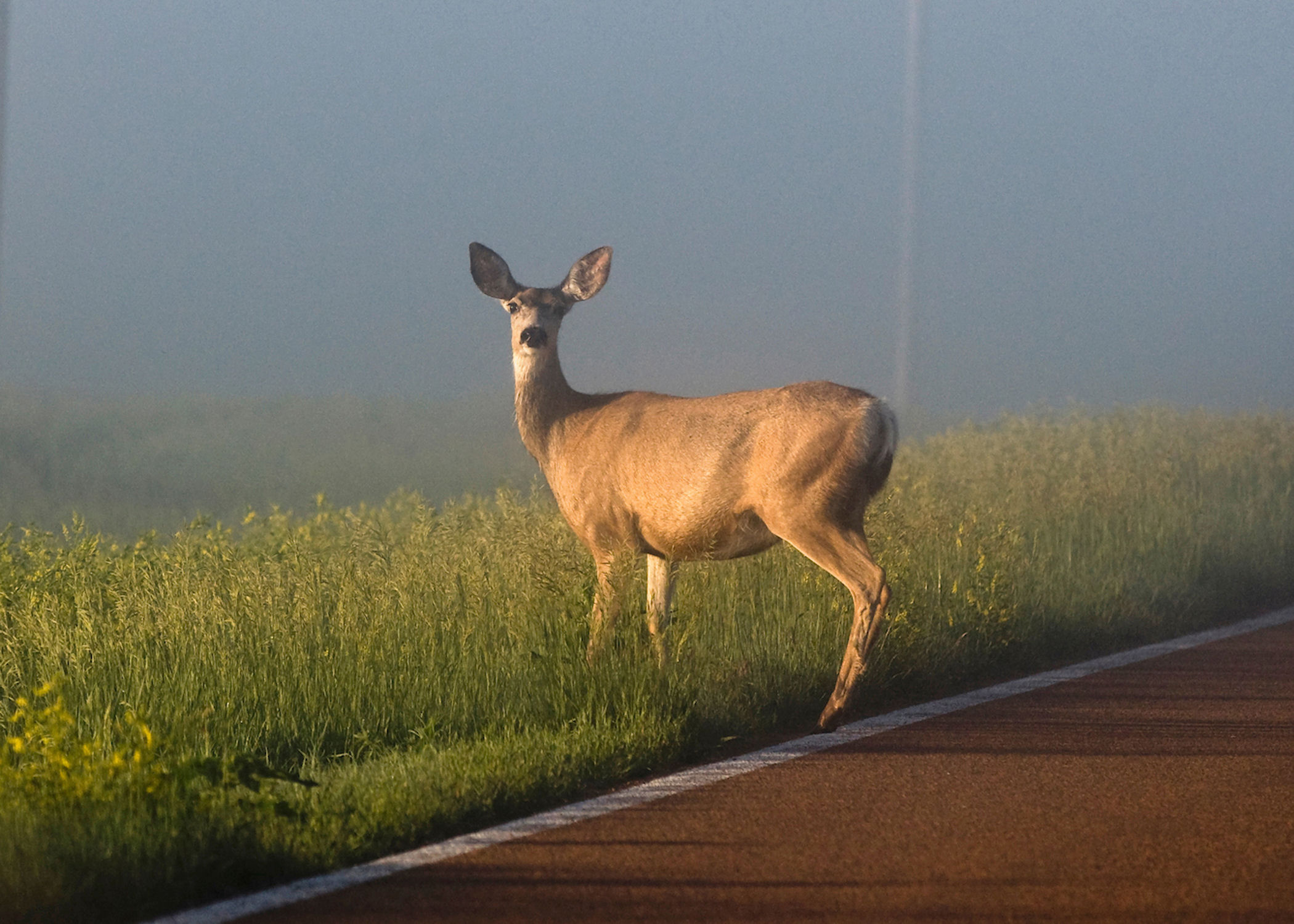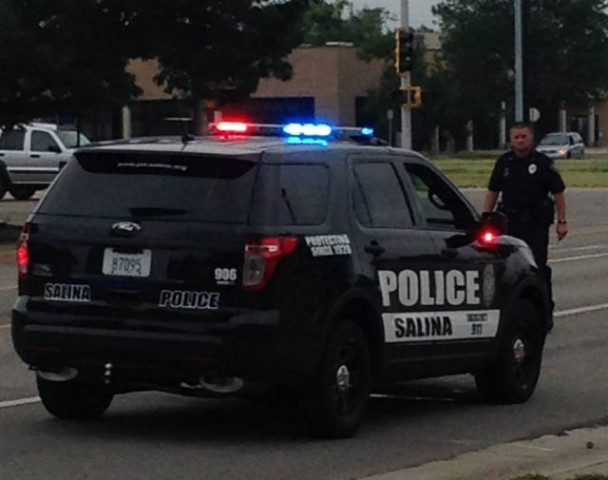Sunday night five people were injured in a couple of unrelated crashes involving deer, including one in Southwest Kansas and one in Central Kansas, as the he numbers of crashes involving deer are spiking across the state. According to the Kansas Department of Transportation, 10,734 (16.5 percent) of the 64,933 vehicle crashes reported in 2018 were deer-related (crashes in which a deer and vehicle actually collided, or the presence of a deer was a contributing circumstance). Although crashes involving deer occur throughout the year in every Kansas county, the highest number of crashes typically occur where there are the most vehicles. Sedgwick County had 418 deer-vehicle crashes reported in 2018, the most of any county, while Butler County followed with 384 reported deer-vehicle crashes. In Saline County there were 170 deer-vehicle crashes.
According to the Kansas Highway Patrol, because deer-breeding season runs from October and into December, law enforcement officers routinely investigate a large number of vehicle-deer crashes this time of year.
According to the Kansas Department of Wildlife, Parks, and Tourism mating season and the quest for more secure habitat have deer on the move this time of year, increasing the chances of deer-vehicle collisions.Typically, the greatest number of deer-vehicle crashes are in mid-November when the rut, or mating season, peaks. In addition to the rut, deer are also on the move in mid-fall seeking new food sources and shelter as crops are harvested and leaves fall from trees and shrubs, leaving them less secure than in their summer habitats.
“Wet weather this year may cause some deer to cross roads in new places and the additional vegetation growth could make deer harder to see until they are in the road. The approaching breeding season increases deer movement, and the cooler weather, along with young deer dispersing to find new home ranges, mean more deer may be crossing the roads.” said Levi Jaster, Kansas Department of Wildlife, Parks and Tourism Big Game Coordinator.
“In addition to potentially causing human injuries and loss of life, deer collisions often cause significant vehicle damage that can lead to large expenses for the vehicle owner if not properly insured,” said Shawn Steward, Public and Government Affairs Manager for AAA Kansas. “Of the animal strikes reported by AAA Insurance policy holders during the five year period between 2014 and 2018, the average cost per claim was nearly $4,300.”
The KHP cautions drivers to refrain from making exaggerated maneuvers to avoid a deer in the road, lest a bad situation become even worse.
“If you are unfortunate enough to have a deer enter the highway in front of your car, it is best to hit the animal and not swerve to avoid it,” said the KHP’s Lt. Adam Winters. “Often, we find more serious crashes occur when you swerve to miss the deer, potentially losing control of your vehicle, leaving the road or veering into oncoming traffic.”
The agencies recommend the following to help motorists avoid crashes with deer:
- Be especially watchful at dawn and dusk, when deer are more active.
- If you see one deer, watch for others, as they seldom travel alone.
- Reduce speed and be alert near wooded areas or green spaces, such as parks and golf courses, and near water sources such as streams and ponds.
- Deer crossing signs show areas where high numbers of vehicle/deer crashes have occurred in the past. Heed these warnings.
- Use bright lights when there is no oncoming traffic and scan the road ahead of you to watch for deer.
- Don’t swerve to avoid hitting a deer—the most serious crashes sometimes occur when motorists swerve and collide with another vehicle or run off the road and hit an obstacle.
- Always wear a seat belt and use the appropriately-fitted child safety seats—they are your best defense should you be involved in a crash.
- Honk your horn with one long blast. A long blast on your horn may frighten large animals, such as deer, away from your vehicle. The Insurance Information Institute (I.I.I.) advises against relying on devices such as deer whistles and reflectors, which have not been proven to reduce collisions with animals.
If you do strike a deer, here are some additional tips:
- Slow down, move your vehicle to the shoulder if possible, and call for law enforcement. KHP dispatch can be reached at *47, Kansas Turnpike at *KTA, and local law enforcement at 911. Make sure you tell the dispatcher if the animal or your vehicle is still in the road.
- If you hit a deer or other animal, do not worry about removing the animal. Law enforcement can remove the animal from the road when they arrive. Don’t go near a wounded animal. A frightened and wounded animal can be unpredictable.
- Turn on your hazard lights and remain buckled up inside your vehicle. You are more protected this way, should a secondary crash occur.
- If you must be outside your vehicle, make sure it is as far off the road as possible, and do not stand between your vehicle and another one. Keep children buckled, and in car seats in the vehicle. Be vigilant and watch traffic to ensure they aren’t getting close to you.
Anyone involved in a vehicle-deer crash resulting in personal injury or property damage that totals $1,000 or more is required to immediately report the crash to the nearest law enforcement agency. Failure to report any traffic crash is a misdemeanor and may result in suspension of driving privileges.
A salvage tag is required to remove a deer carcass, or any part of the carcass, from the crash site. Tags can be issued by KHP troopers, sheriff’s deputies, or KDWPT game wardens.
—
Kansas Department of Wildlife, Parks, and Tourism



